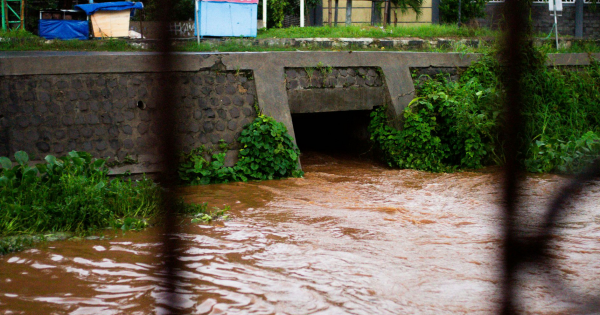Coastal Flood Advisory
This type of weather alert provides essential safety information for specific conditions. Stay informed by monitoring local updates and preparing accordingly.
See the current LIVE alerts.

Understanding Coastal Flood Advisory
A Coastal Flood Advisory is issued by the National Weather Service when minor to moderate coastal flooding is expected. This type of flooding occurs along coastal areas and can cause significant disruptions to daily life, including impacts to transportation, infrastructure, and property. While not as severe as a Coastal Flood Warning, it still necessitates caution and preparedness, especially for those living in or near affected coastal zones.
When is a Coastal Flood Advisory Issued?
This advisory is typically issued during times of strong onshore winds, high tides, or when a storm surge is anticipated. It serves as an alert to potential coastal flooding that may occur due to these factors. The advisory is generally issued several hours before the expected event, giving residents time to prepare and take necessary precautions.
How to Prepare for a Coastal Flood Advisory
Residents in the advisory area should take the following steps to ensure safety and minimize damage:
- Stay informed by monitoring local news and weather channels for updates.
- Move vehicles and other valuables to higher ground to protect them from potential flooding.
- Secure outdoor furniture and other items that can be moved by strong winds or rising water.
- Keep emergency supplies, such as flashlights, batteries, and non-perishable food, accessible in case of power outages or extended isolation.
- Review your household’s emergency plan, including evacuation routes and communication strategies.
By understanding what a Coastal Flood Advisory means and how to effectively prepare for it, residents can reduce risks and ensure the safety of themselves and their property.






